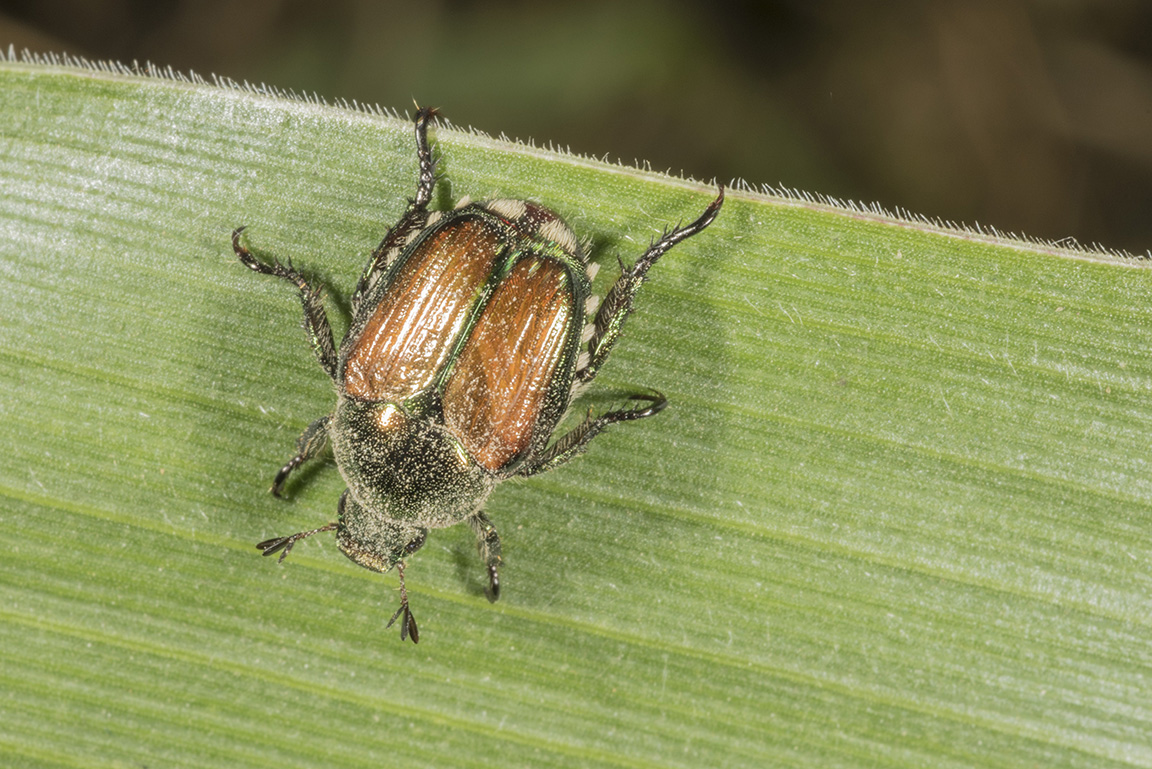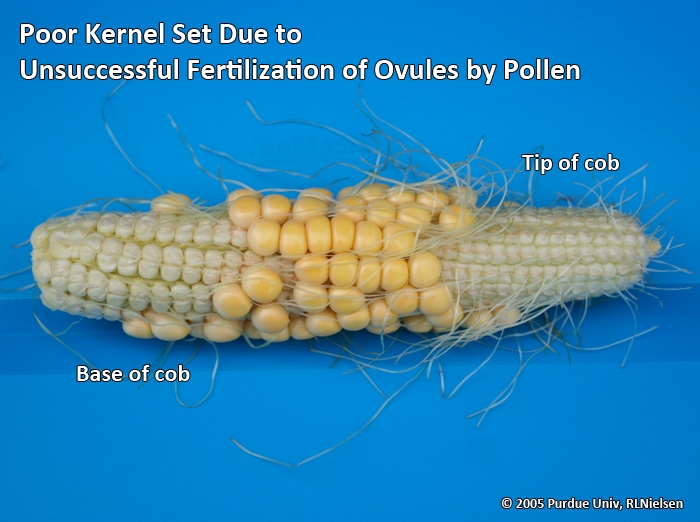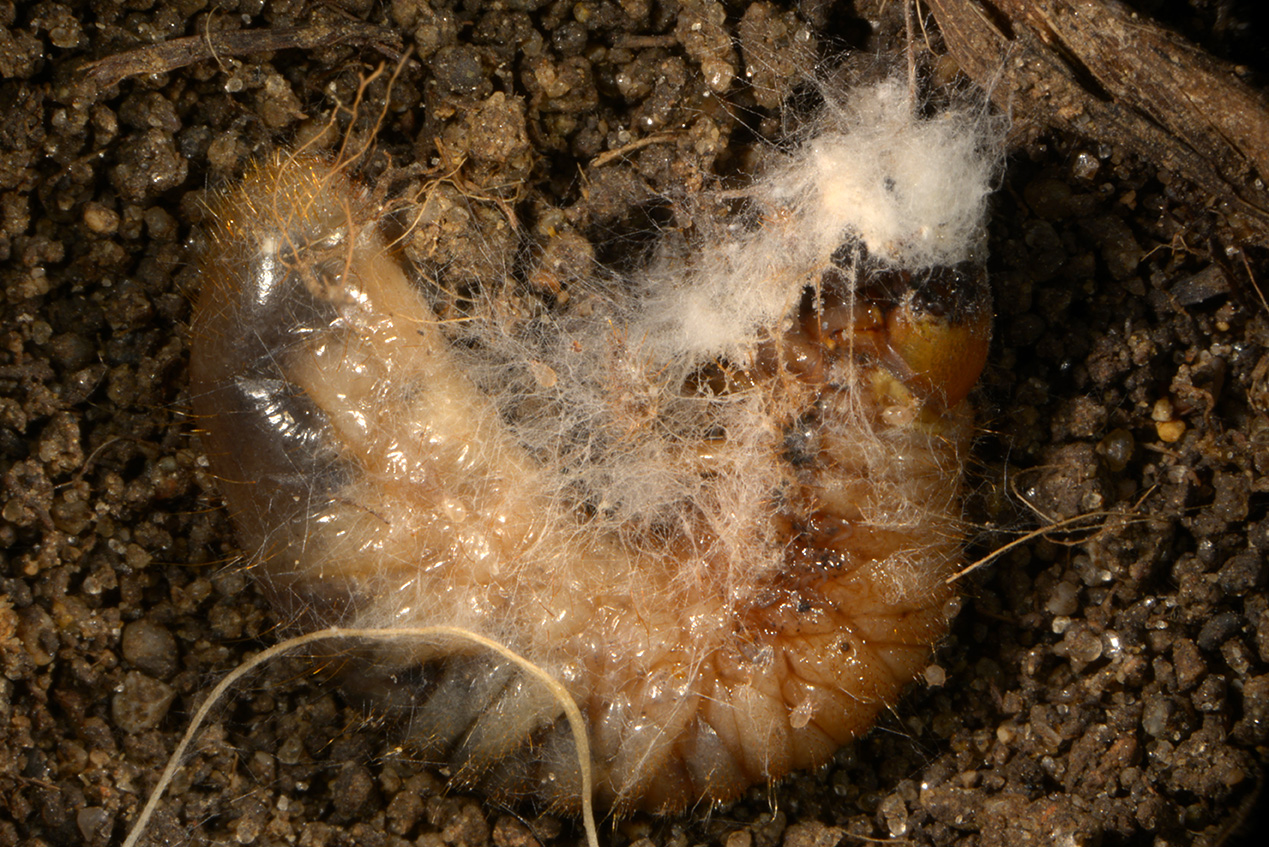
– Corn produces individual male and female flowers on the same plant.
– The ear represents the female flower of the corn plant.
– Severe soil moisture deficits can delay silk emergence and disrupt the synchrony of pollen shed and silk availability, resulting in poor kernel set.







